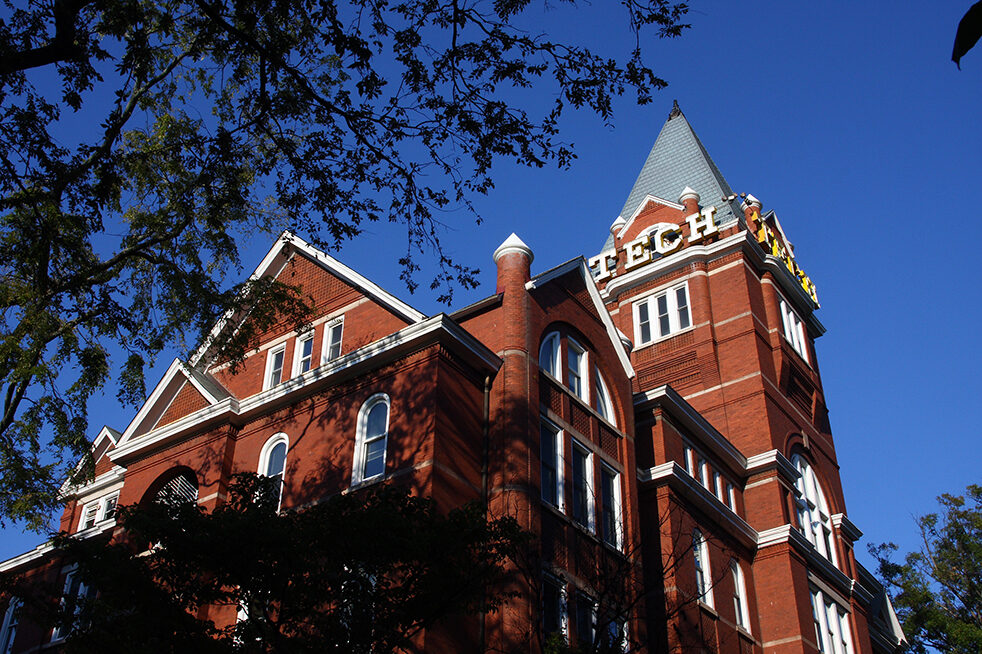The “clean girl aesthetic” is a new look that has been on the rise. The idea behind the “clean girl” look is a minimalist but sleek look that presents an air of effortless but put-together.
Defined by slick back hair, dewy makeup, classic gold hoops, glowing skin and a claw clip, the new look has taken over and has become the inspiration lookbook for many women.
What many have failed to see though is how the concept is inherently classist, racist and caters to a certain demographic.
One of the major emphases of the clean girl aesthetic is skincare and makeup. High-end skincare and makeup products are not a cheap ordeal.
Trends following the aesthetic recommend expensive products that help make your skin glow and give you that “clean” look that is currently sought after.
While these products may fit the bill for the aesthetic, they are not in everyone’s budget.
Emphasizing high-end products excludes a whole demographic of people from joining in on the current trends that tote expensive products.
Women who cannot afford an expensive skincare routine or fancy foundation and setting spray cannot partake in the aesthetic.
The same goes for other aspects of the look. Many girls who follow the aesthetic always have their nails manicured and done.
Being able to afford a fresh set of nails at all times is not always feasible for most women.
While celebrities such as Kylie Jenner and Hailey Bieber can be seen sporting the look, there seems to be a very limited representation and diversity under the “clean girl” umbrella.
The majority of videos and images found on the internet seem to cater to skinny girls with clear skin.
A quick search on TikTok and Pinterest showed an overwhelming amount of images and videos of white women who all had similar builds, features and hair.
This also inherently pushes the idea that white women are the basis of the beauty standard.
The trend makes characteristics such as textured hair, acne/blemishes and lack of expensive products and accessories seem less desirable and “dirty.”
While the aesthetic is an intriguing concept, it perpetuates many societal beauty standards and almost makes women think that natural aspects of their image must always be cleaned up or they will be excluded from fitting the aesthetic.
For example, many women of color will never have the smooth, slick and straight hair that white women possess.
Black women, brown women and Hispanic women all have various different textures of hair that may never align with the image portrayed by the “clean girl aesthetic”.
This does not make these women any less beautiful but may make them feel inferior as they do not fit into the beauty standards put out by new trends and aesthetics.
While the “clean girl” look in theory seems like a great concept, the sunkissed, all-natural look of cleanliness is unattainable for many women who do not meet the criteria needed to perfect the look.
These new aesthetics and looks, while not consciously, exclude women who cannot afford to keep up with their ever-changing requirements and women of color or women who do not fit a rigid mold.
Whether it’s beautiful curly hair or acne scars or even body hair, it is important to remember that these defining features do not make a woman look “dirty” but rather highlight the beauty in our differences.
